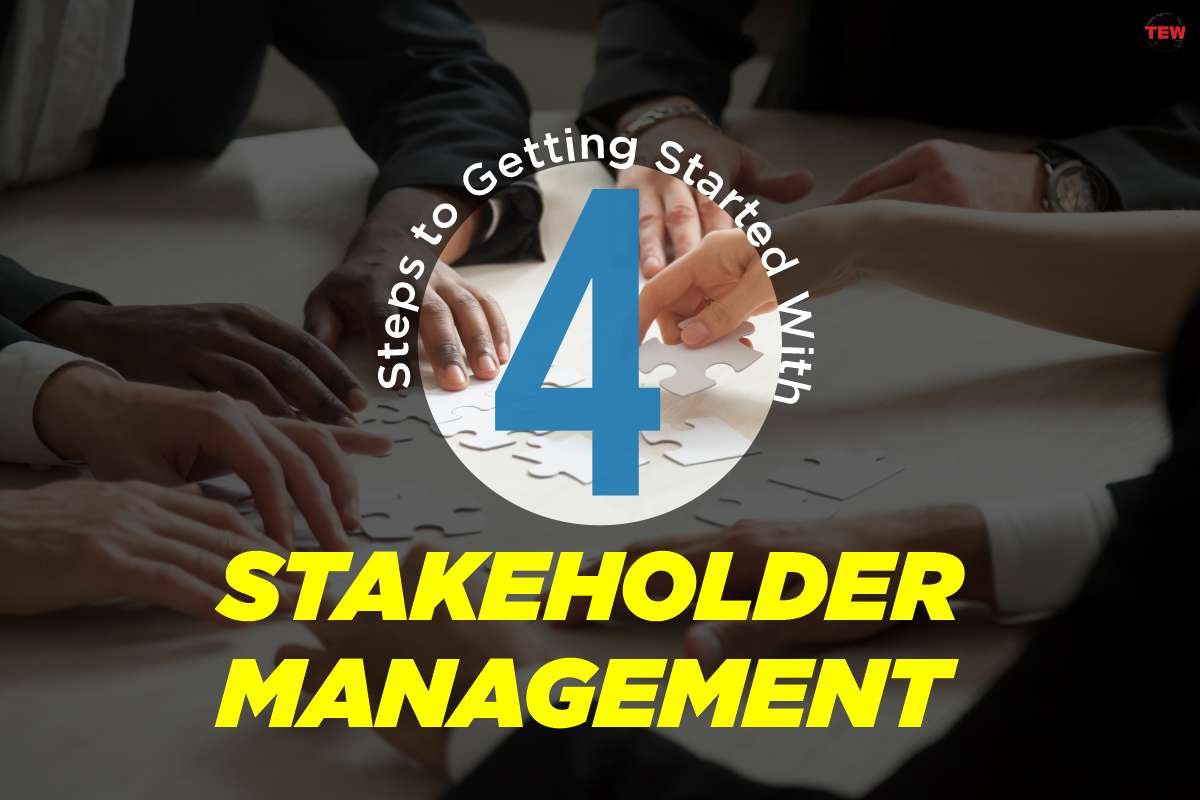One of the first things a new CEO will need to focus on is stakeholder management. After all, your employees, customers, suppliers, and shareholders are the ones responsible for making sure your business thrives. So what can you do to make sure they’re all working towards the same goal? One of the best things you can do is take time out to analyze how each group interacts with your company and what value they bring.
Stakeholder management is a critical function of every business. The goal of stakeholder management is to foster relationships with key stakeholders that will drive your company forward. Knowing who your stakeholders are, what they want, and how to motivate them is essential for success.
Here are Crucial Steps to Getting Started with Stakeholder Management:
1. Identify who your Stakeholders are and what They Want:
Stakeholder management is a process that aims to identify, analyze, and address the concerns of all the various parties who could be impacted by a project or decision. Stakeholders are people or organizations that have a vested interest in the success or failure of a project or business decision.
The general public may be considered stakeholders due to the broader impact of climate change on the world, but the primary stakeholders are the business owners, managers, and employees who would be impacted directly by the project. Stakeholder management is not just for business. It can be implemented in project management at all levels, from small to global. Stakeholder management is the process by which stakeholder interests are identified, analyzed, and addressed.
One of the most difficult things to do when managing a project is getting all project stakeholders to agree on priorities, goals, and deliverables. It’s one thing to get all of the stakeholders in the room. It’s another to get them on the same page. The more people on the project, the harder it is to get everyone to agree on the goals. If you’re not careful, it can be easy to lose sight of the goals of the project. A little planning upfront can help you get everyone on the same page.
2. Find Out what Motivates Stakeholders
Stakeholder management is the process of dealing with stakeholders and various groups who have an interest in your project or organization. Stakeholders can be internal or external to your organization and can be either individuals or groups. It is essential to manage the interests of the various stakeholders as they can affect your project in both positive and negative ways. It is also important to manage the expectations of the stakeholders as not all stakeholders will have the same goals or vision for your project.
Stakeholder management is one of the most important processes that you can follow in order to run a successful project. If you don’t know what motivates your stakeholders, how can you possibly expect them to be happy? The key to successful stakeholder management is understanding the motivations of the various stakeholders in your organization. Once you know their motivations, you can better understand how to get them to do what you want them to do.
3. Communicate with Stakeholders Regularly to keep them Happy and Motivated
Stakeholder management is the process of identifying and utilizing the support of key individuals or groups who can assist with or directly contribute to achieving project goals. The success of any project depends on the communication and ability of all project stakeholders to work together towards common goals, and stakeholder management is a critical skill in delivering projects on time and on budget.
Stakeholder management is a process that helps project managers and team members manage and communicate with all the different groups, directly and indirectly, involved with the project. Stakeholders are people who have a vested interest in the project being successful. Examples include the project sponsor, members of the project team, the project’s customers or clients, and anyone else affected by or interested in the project.
Communicating in stakeholder management is important because it helps project teams keep everyone involved with the project up-to-date regarding project status, issues, risks, and potential problems. It also helps project teams identify issues and concerns early on so corrective measures can be taken before problems arise.
4. How can you Keep Track of all These Stakeholders in one Simple System?
The term “stakeholder” is often thrown around in the realm of project management, but it can be difficult to understand what it means or how to use it in your own organization. A stakeholder is anyone who has a vested interest in the successful completion of a project. It’s important to understand these people because they’re the ones that can make or break your project. It can be difficult to keep track of everyone that’s involved, but having stakeholder management software can help.
A stakeholder management software like that offered by Borealis is a system that keeps track of the people involved in a project. You can use it to see what is expected of each stakeholder and when and ensure everyone communicates effectively about the project.
If you’ve ever tried to get a project started, then you know that it’s not always easy to keep all the stakeholders in the loop. There are always questions about who does what, when, and why that the software can answer easily. For example, you must ask, who is responsible for;
- Keeping the project updated and on schedule?
- Assuring that the team is following the plan?
- Making sure that the team is providing status updates?
- Providing information to the stakeholders?
- Communicating the project’s progress to the stakeholders?
- Communicating the project’s risks and issues?
- A smooth handoff?
Conclusion
Stakeholder management is a complicated but necessary skill for success.





